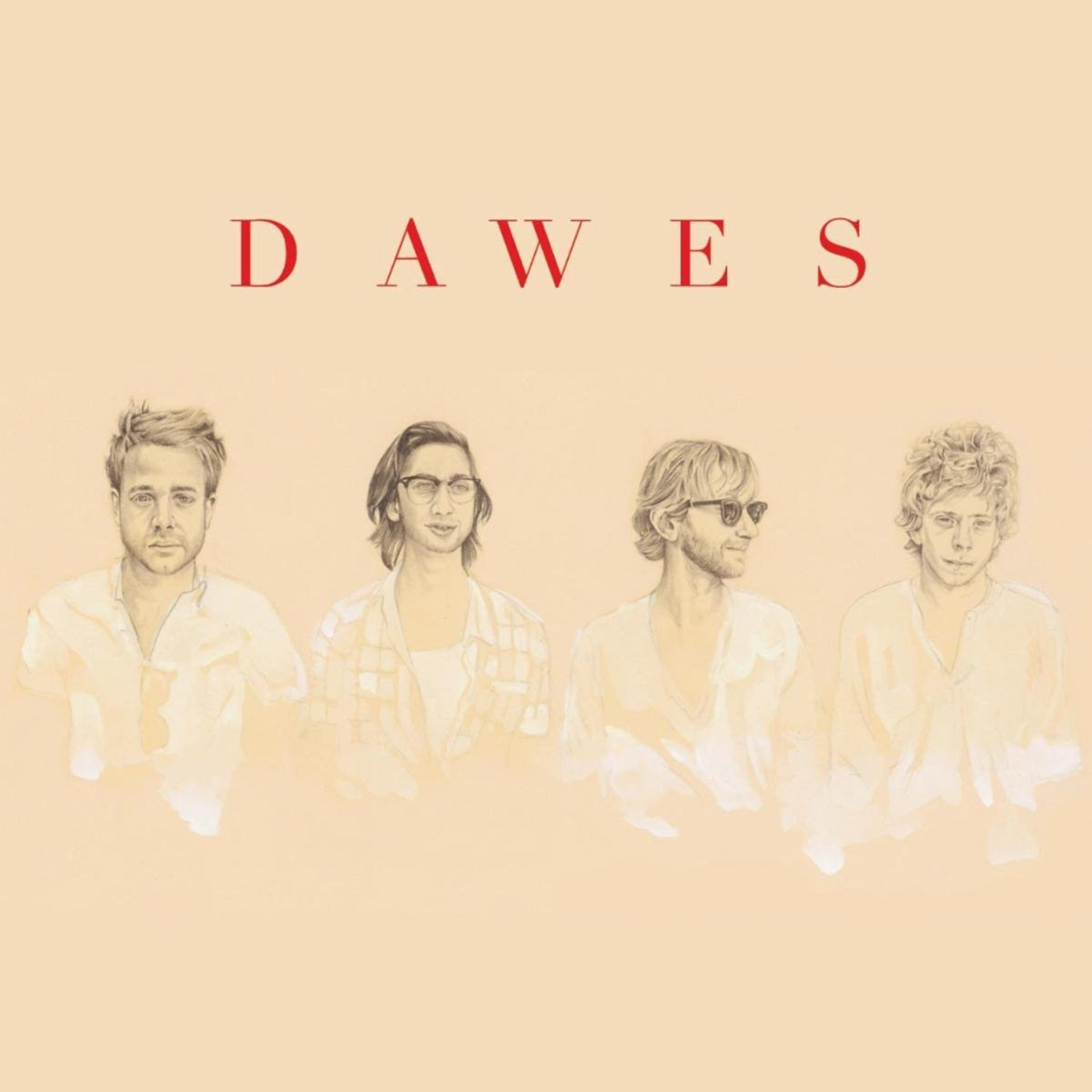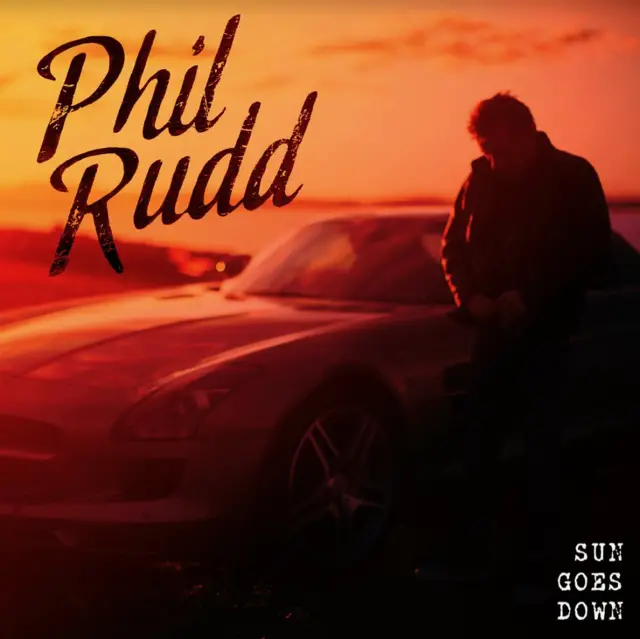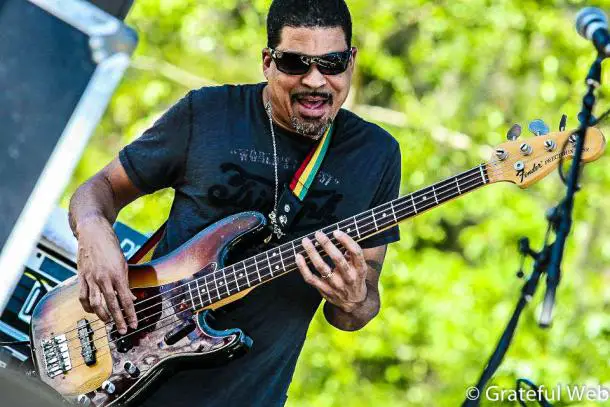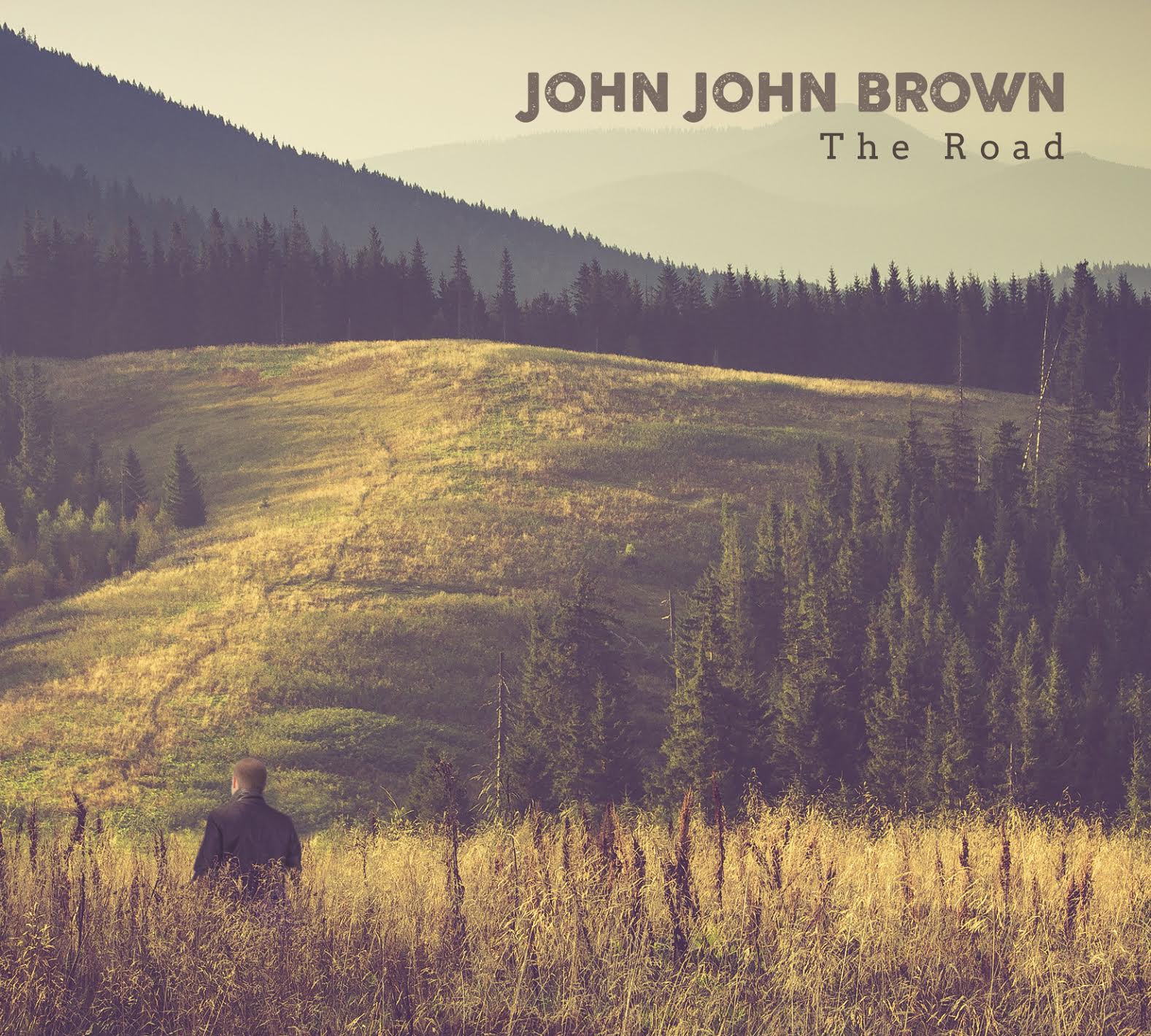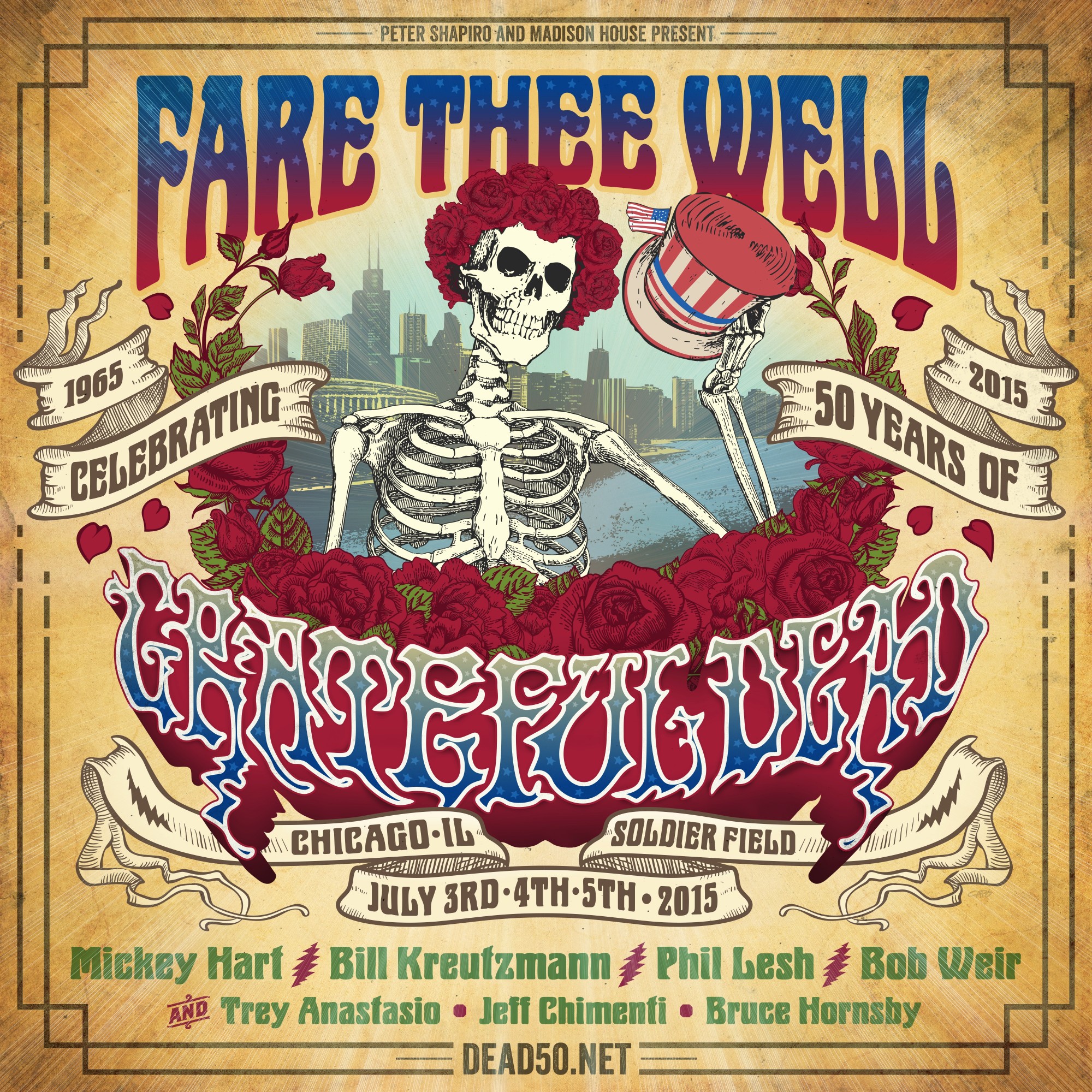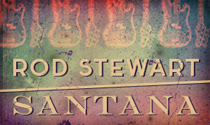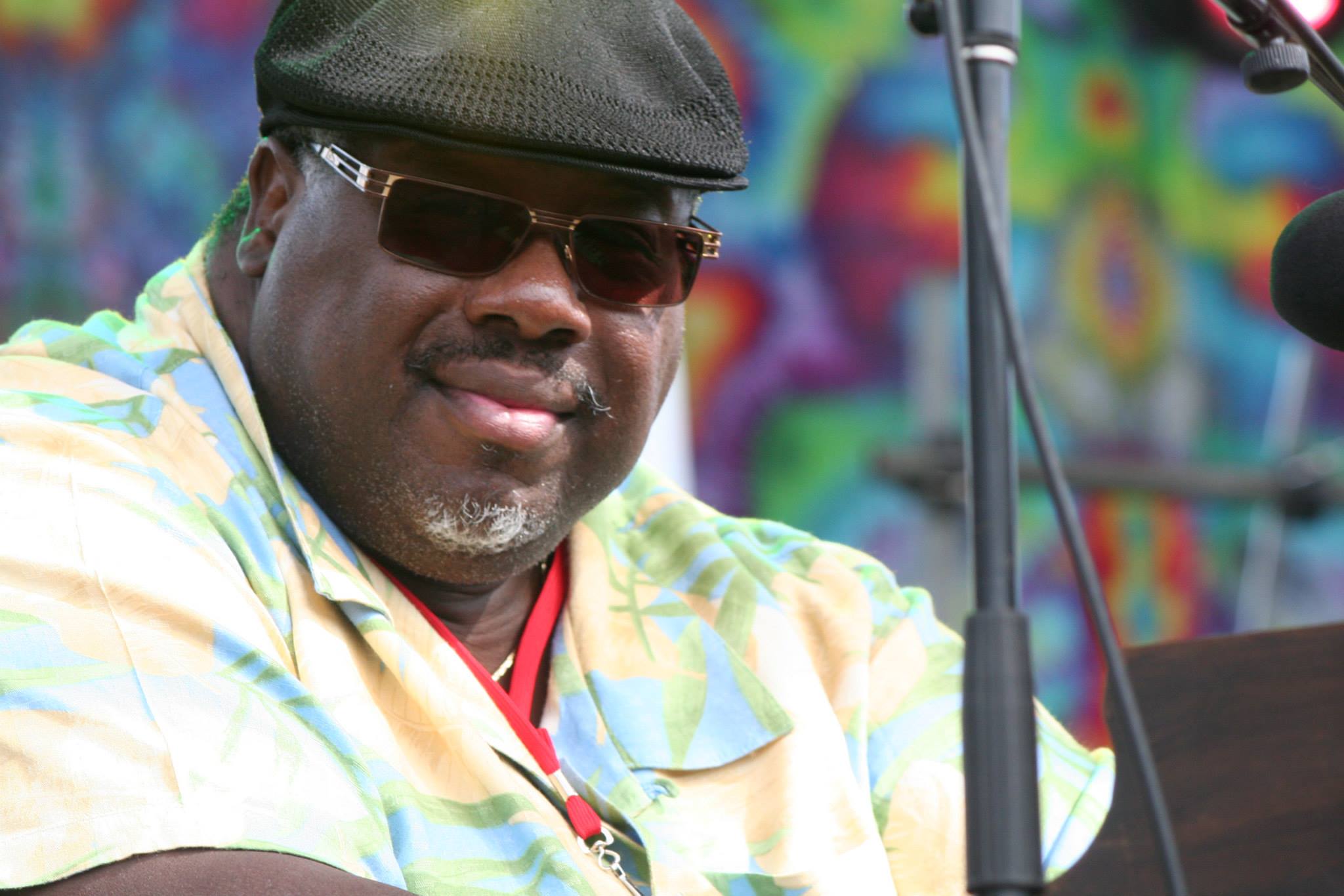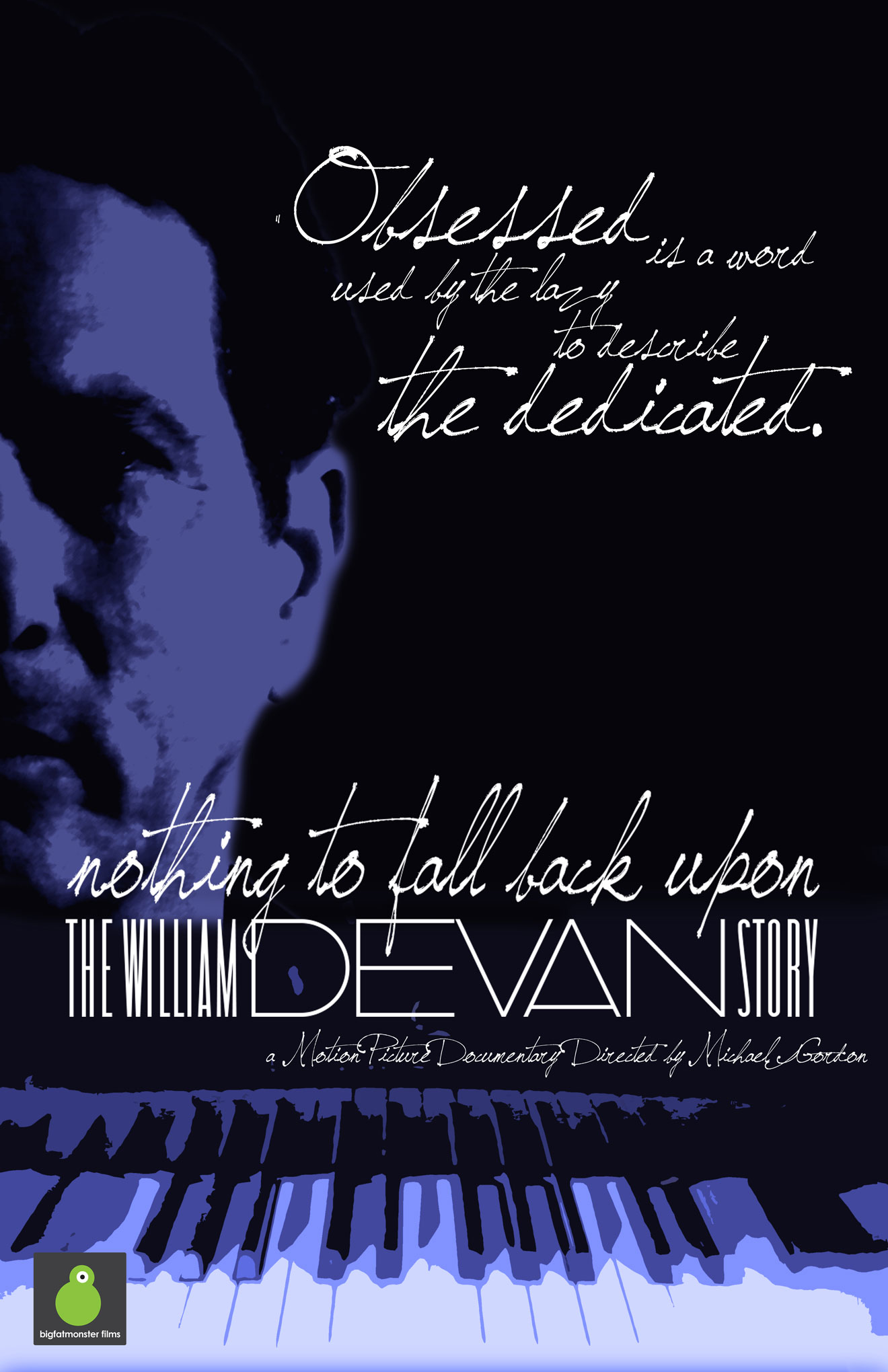A truly groundbreaking landmark recording, Tribute To Bird and Monk, was widely lauded when it was first released in 1978 – credited as one of the best and most unusual albums of that year by Neil Tesser in a Jazz Magazine article that noted the record’s “tough, bright, innovative resiliency” and earning the coveted five star (highest) rating in a Downbeat review by critic Jerry de Muth (who called the two LP set “a brilliant mixture of arranged and free jazz”) and garnering arranger-producer Heiner Stadler a place in the magazine’s Annual Critic’s Poll as a Talent Deserving Wider Recognition. More than thirty years later, the album originally released on Tomato Records, is a coveted collectors item whose importance has only been compounded with time, while Stadler’s pioneering conception continues to be a talent very much deserving of wider recognition. Now reissued as a compact disc on his own Labor Records imprint, it is likely that Stadler’s unique talent will again be heard as deserving increased attention and the music will once more be praised on a level comparable to when it first appeared. The considerable artistic success of Stadler’s pioneering project can be credited as much to his visionary assembling of a truly distinctive ensemble to perform his inventive orchestrations, described by de Muth as “far more than arrangements,” noting that “recompositions would be a better term.”
In selecting veteran cornetist Thad Jones, a Monk alumnus and one of the most renowned arrangers of his day, to be an important member of the band filled out by much younger musicians who were closely associated with more modernist, even avant garde aspects of the jazz genre, Stadler imbued the date with an intriguing traditionalist facet at atime when tradition and innovation were virtually at war. Tenor saxophonist George Adams, most recognized for his work with Charles Mingus made him at home in both camps, but his fierce uninhibited sound was certainly heard as being outside the mainstream. The youngest member of the group, trombonist George Lewis as a member of the Association for the Advancement of Creative Musicians was clearly recognized as a member of the avant garde. Stadler’s choice of rhythm section mates could be considered most astute, with multitalented pianist Stanley Cowell as one of the few players of his instrument to find a place in the post Ornette realm of forward looking modernism. Virtuoso bassist Reggie Workman, a veteran of Coltrane’s innovative band and then a member of Max Roach’s creative quartet was extending both the range and the role of the bass. While Lenny White, known for his pioneering fusion work on Miles Davis’ Bitches Brew and Chick Corea’s Return To Forever, proved to be a propulsive force, capable of swinging with fiery power. The addition of percussionist Warren Smith on tympani for a pair of tracks further contributes to the band’s uncommon sound.
In his introductory comments for the reissue Tribute To Bird and Monk (prefacing the late Robert Palmer’s original liner notes) Jazz Journalist Association President Howard Mandel observes, “By casting a unique sextet of New York City’s best improvising instrumentalists to explore the potentialities and retain the essences of music by two great jazz modernists composer-producer Stadler proved prescient. In 2010 tribute projects proliferate, though few take the dramatic leaps to create new art from indestructible aspects of established creations that Stadler’s does.” With remixed sound by the brilliant engineer Malcolm Addey listeners can now appreciate more the nuances of Stadler’s polytonal arrangements and the soloists’ daring improvisations on the six tracks split evenly between Monk and Parker compositions.
 As Palmer points out in his liner notes (now reprinted) Parker’s opening “Air Conditioning” begins, “deceptively as it turns out, with a unison theme statement in C.” Deceptively, as it is, because Stadler’s “polytonal manipulations on the theme …especially evident in the horn backgrounds that frame the solos.” Each of the sextet members improvise boldly with Jones kicking things off with one of the date’s most conventional statements, followed by Lewis who pushes things a bit further out, preceding Adams who gradually takes things into space, with the ensembles raucous backgrounds deftly referring to Parker’s melodic line. Cowell’s outing is particularly adventurous, proving himself to be one of the very few keyboardists who wasable to interpolate the vocabulary of Cecil Taylor into the more traditional language of bebop. Workman, whopowerfully pushes the unit throughout, acquits the bass as an instrument quite capable of holding its own in the spotlight, while White solos musically, hearkening to Max Roach’s work with Bird.
As Palmer points out in his liner notes (now reprinted) Parker’s opening “Air Conditioning” begins, “deceptively as it turns out, with a unison theme statement in C.” Deceptively, as it is, because Stadler’s “polytonal manipulations on the theme …especially evident in the horn backgrounds that frame the solos.” Each of the sextet members improvise boldly with Jones kicking things off with one of the date’s most conventional statements, followed by Lewis who pushes things a bit further out, preceding Adams who gradually takes things into space, with the ensembles raucous backgrounds deftly referring to Parker’s melodic line. Cowell’s outing is particularly adventurous, proving himself to be one of the very few keyboardists who wasable to interpolate the vocabulary of Cecil Taylor into the more traditional language of bebop. Workman, whopowerfully pushes the unit throughout, acquits the bass as an instrument quite capable of holding its own in the spotlight, while White solos musically, hearkening to Max Roach’s work with Bird.
Drums dramatically open Monk’s “Ba-lue Bolivar Ba-lues-are,” followed by Workman’s vigorously bowed bass and the horn section’s statement of the theme, which begins ominously before morphing into a carnival-like mood reflecting the composer’s sly sense of humor. Cowell, the lone remaining soloist, improvises lengthily here – referencing Monk frequently, occasionally with verbatim phraseology -- as horns enter and exit at odd intervals chime in with backgrounds transcribed from Monk’s original piano solo with Cecil Bridgewater (subbing for the snowbound Jones) playing with free spirited assurance. Palmer notes the performance seems to be a particularly radical recomposition with each phrase of the theme voiced polytonally and separated from the next by a free collective improvisation, with Stadler’s score warning “don’t improvise too long in order to avoid losing the continuity of the melody.”
Parker’s ” Au Privave” features the trombone of George Lewis whose years of experience playing numerous uptempo Bird songs with Anthony Braxton finds him well prepared for his exemplary work here. Adams plays the opening theme over Workman’s bass walking (in a different key) joined shortly thereafter by the horns. Lewis improvises marvelously, following Stadler’s instructions to vary his tempo, playing either slightly faster or slower than half time, while the rhythm sections plays in the set tempo. The result is in Palmer’s words “constantly shifting mosaic of tempos … and each tempo swings.”
Workman and White open up Monk’s “Straight No Chaser” before the horns begin playing fragments of the well known melody with the various separate components linked by collectively improvised horn ensembles. Jones solos first, playing with an inspired abandon Palmer described at the time of the original release as “his most exciting and creative recorded work in years.” Cowell again proves himself to be one of the most creative soloists of his generation improvising in tandem with the primordial Workman in a manner recalling Monk, while White’s drums run the gamut from New Orleans to out(er space) in a rhythmic duel with the horns’ staccato background. Workman’s extended unaccompanied bass solo brings the horns back in and the bassist walks things to a close
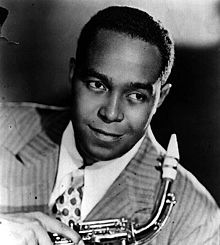 “Misterioso,” the final Monk exploration again begins with a Lenny White solo, his drums here joined by Warren Smith’s tympani, as various members of the ensemble play fragments of the bluesy theme to frame their percussion discussion, with Cowell’s piano clearly drawing the line between Monk and Cecil Taylor. Workman’s bass is in the spotlight again, displaying a vast sonic array with incredible pizzicato and arco sections that are sensitively backed by the rest of the band on a truly masterful interpretation of the Monk classic engendered by Stadler’s daring arrangement which concludes with a return to the percussion section’s buoying of the theme.
“Misterioso,” the final Monk exploration again begins with a Lenny White solo, his drums here joined by Warren Smith’s tympani, as various members of the ensemble play fragments of the bluesy theme to frame their percussion discussion, with Cowell’s piano clearly drawing the line between Monk and Cecil Taylor. Workman’s bass is in the spotlight again, displaying a vast sonic array with incredible pizzicato and arco sections that are sensitively backed by the rest of the band on a truly masterful interpretation of the Monk classic engendered by Stadler’s daring arrangement which concludes with a return to the percussion section’s buoying of the theme.
Parker’s “Perhaps” ends the date on one of its lighter notes, with brass playing the not so widely known Bird line to open things up for Adams’ breathy flute as the rhythm section swings over Workman’s fast walking bass, joined intermittedly by trumpet and trombone, breaking up thetempo before Adams lets loose on tenor playing with a full emotional range -- from terrifying to tender -- that leads to a final ensemble statement of the theme with an almost conventional tone that offers an unexpected final relief.
The durability of this music, as daringly modern todayas it was when it was made more than three decades ago, stands as a tribute not just to Charlie Parker and Thelonious Monk, but also to Heiner Stadler, whose sympathetic vision of the two great composer’s creativity has brought their sound into the future while paying homage to the tradition from where it sprang. As Mandel notes, “Tribute is a fair indication of Stadler’s powers. In it, he demonstrates that Bird and Monk wrote immutably multi-faceted music from which inspired individuals can generate kaleidoscopic variations, and that their music has inspired him to stretch form in a manner indisputably wed to content. There is no higher tribute than an artist making something new and enduring out of sources he admires and acknowledges.” This is the splendor Heiner Stadler provides to us with his Tribute to Bird and Monk.”








